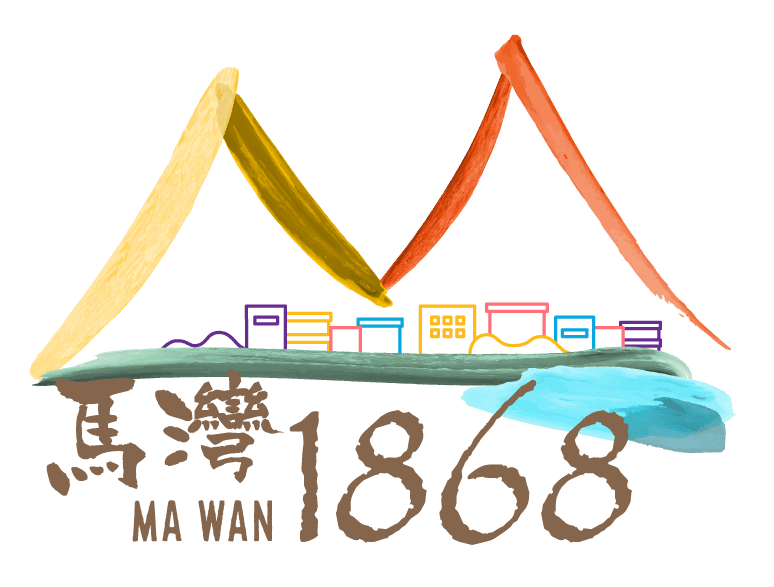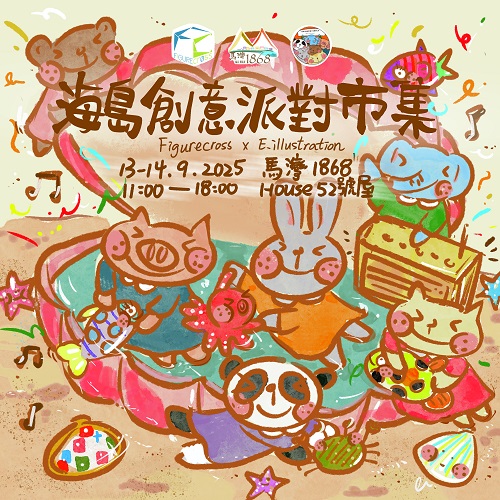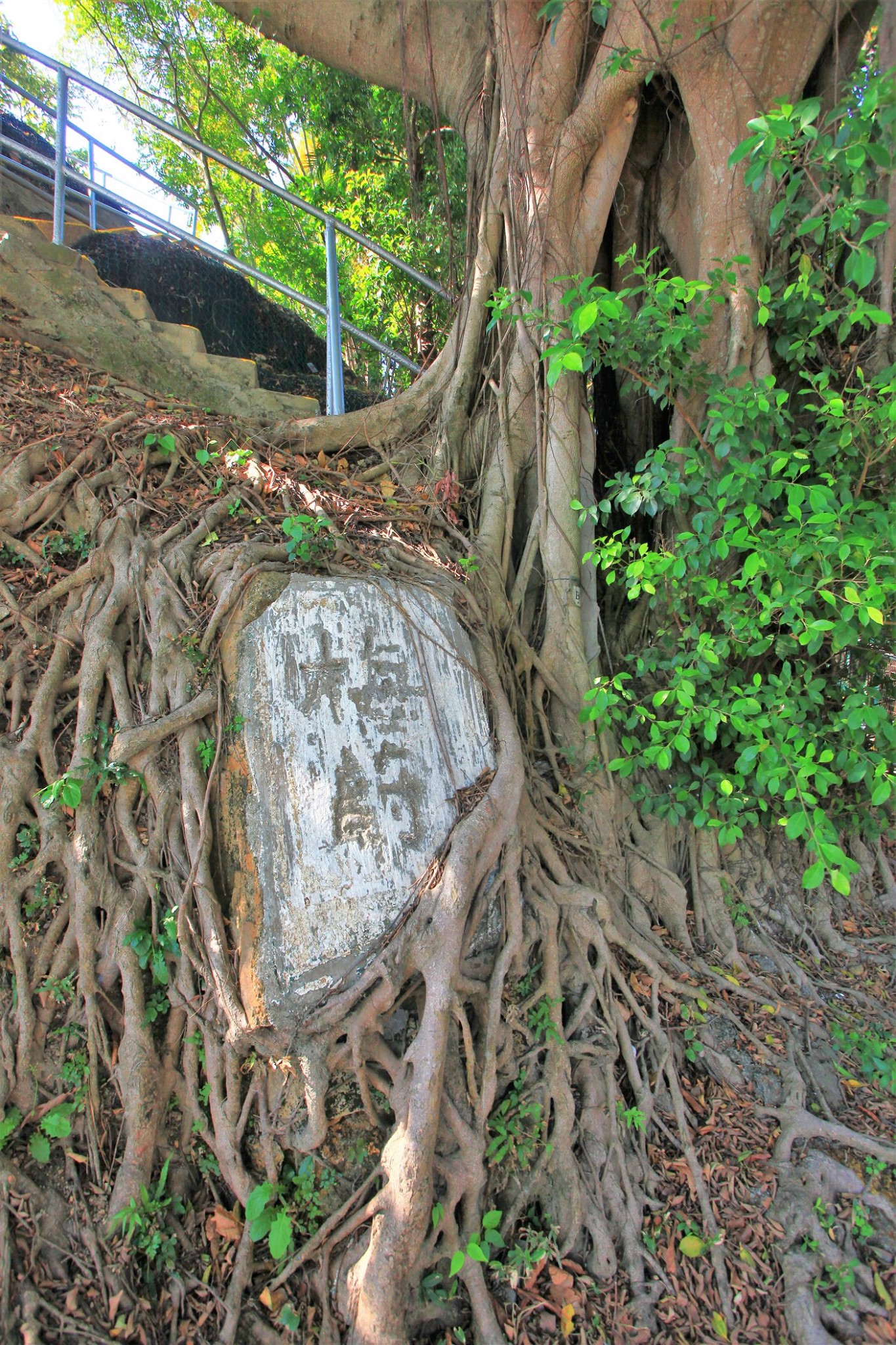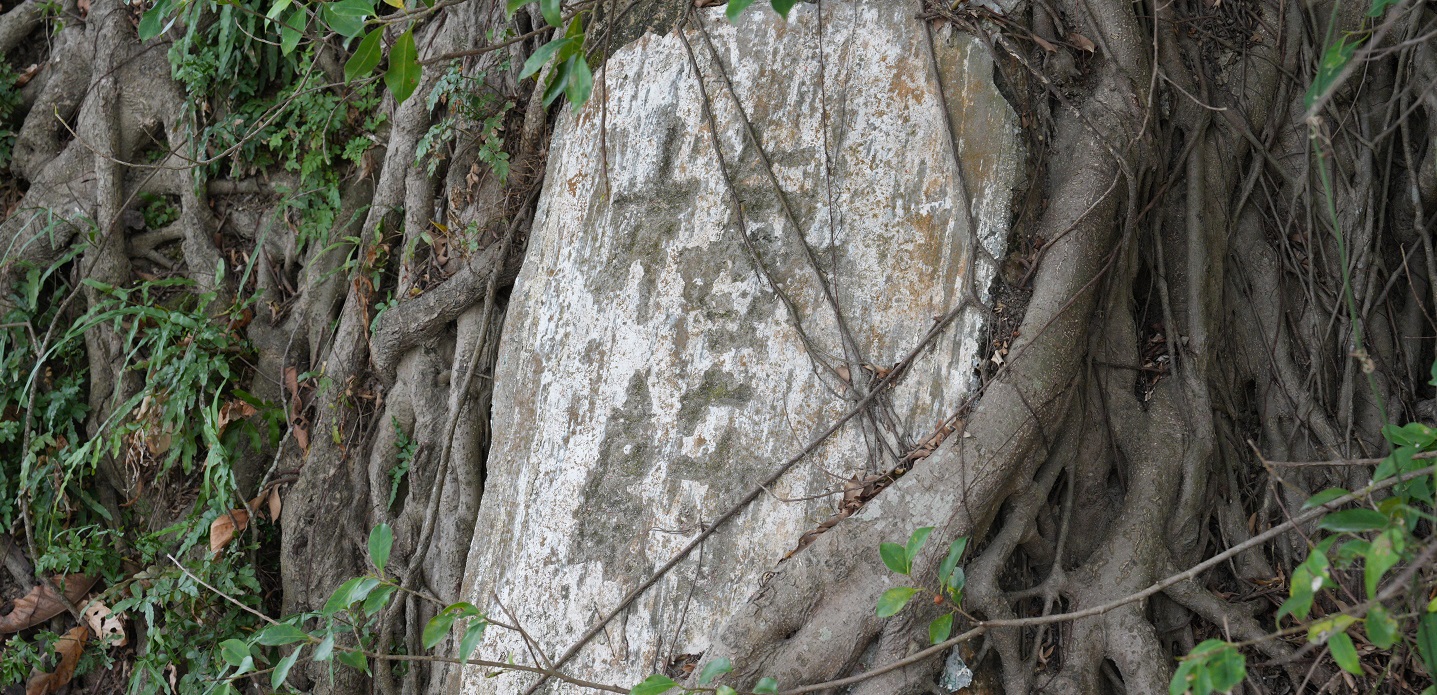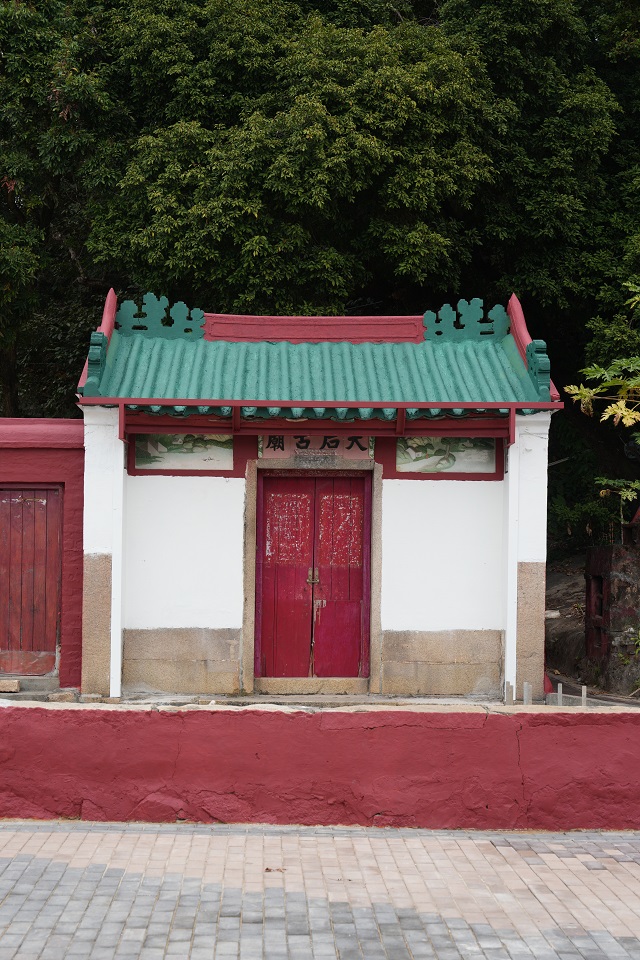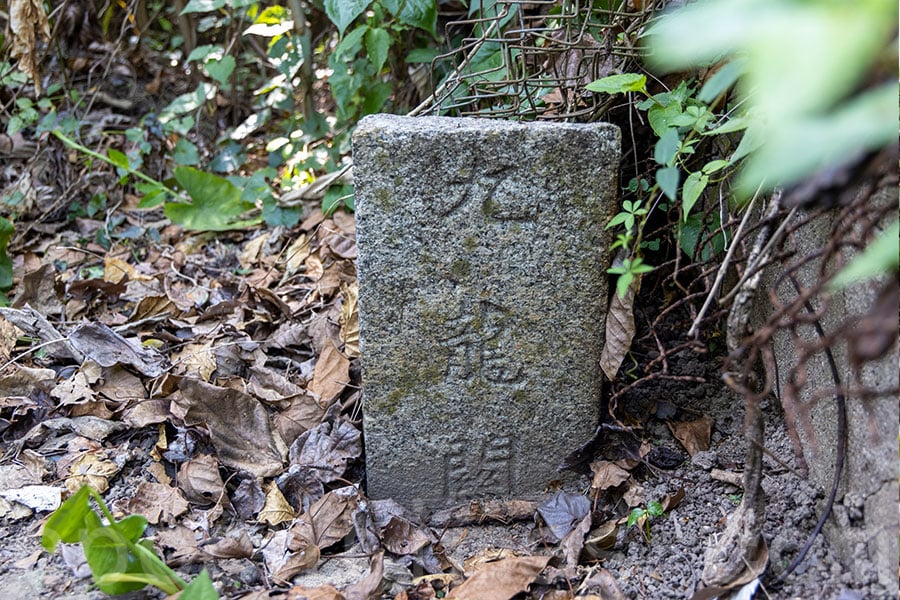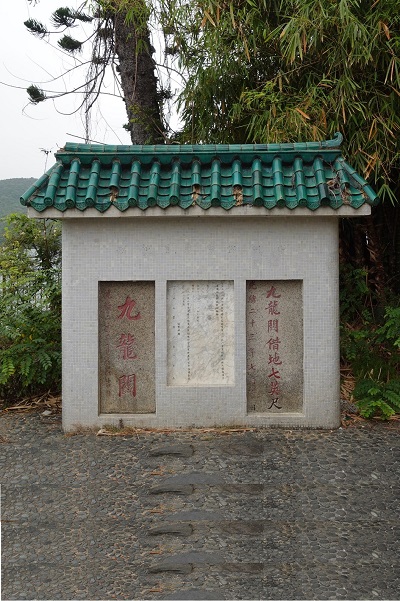“Mui Wai” Rock Inscription
Standing near the Old Kowloon Customs boundary stone is the mysterious “Mui Wai” inscription. The exact date of its engraving remains unknown. Based on the material (cement), it is speculated that this historical marker dates back to the early 20th century, bearing traces of a little-known past.
The academic community offers diverse interpretations of the inscription’s historical context. Renowned historian and cultural scholar Professor Lo Hsiang Lin suggested that “Mui Wai” refers to today’s Mui Wo on Lantau Island. According to the Xin’an Gazetteer , it is written: “Kwun Fu Shan lies east of Kap Shui Mun and west of Fat Tong Mun; during the Jingyan era of the Song Dynasty, the imperial boats anchored beneath it, and a palace was built… In front lies Mount Mui Wai, which also had an imperial palace.” Kwun Fu Shan was the historical name for the Kowloon Hills, and Tai He Shan encompassed not only Lantau Island but also Hong Kong Island and nearby islets. Historically, Tai He Shan was the fiefdom of Southern Song official Li Ao Ying. Could the “Mui Wai” inscription be the remains of an imperial palace where Emperor Zhao Bing briefly stayed during his escape? This question remains an enduring mystery.
It is said that during the late Southern Song Dynasty, the seven-year-old Emperor Zhao Shi, along with his younger brother Zhao Bing, fled south under the protection of imperial uncle Yang Liangjie and loyal ministers such as Lu Xiufu, Zhang Shijie, Chen Yizhong, and Wen Tianxiang. Their journey took them through Fujian, Quanzhou, Leizhou, and eventually to Hong Kong, where they established temporary palaces. This part of history is closely tied to the story of Sung Wong Toi. In the third year of the Jingyan era (1278), Emperor Zhao Shi passed away, leading to low morale in the army. Lu Xiufu subsequently crowned Zhao Bing in Mui Wai of Ao Chau (present-day Mui Wo on Lantau Island), renaming Ao Chau as Xianglong County and marking the beginning of the Xiangxing reign. Today’s Sung Wong Toi stone tablet commemorates the emperor’s visit, and it is speculated that Zhao Bing’s enthronement may have occurred in areas such as Mui Wo and Ma Wan.
In December 2007, the Antiquities and Monuments Office officially recognized the “Mui Wai” inscription as a site of archaeological significance in Hong Kong. Its existence provides valuable clues for studying the Southern Song Dynasty’s history, local culture, and maritime trade.
